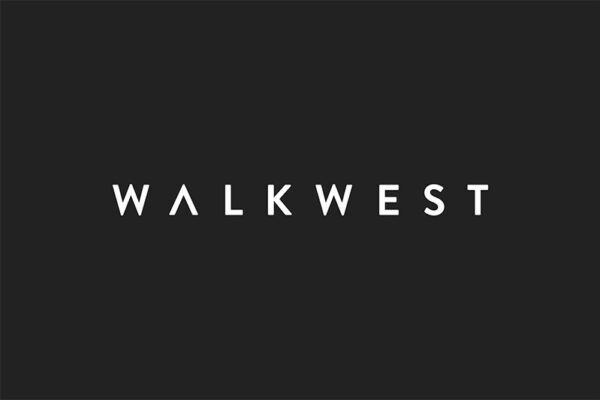Locally, the city of Raleigh and now the University of North Carolina System paid on average a quarter of a million dollars each for their logo marks. Charlotte spent considerably less. As a result, the Twittersphere, always a bastion of grieved individuals, takes pointed and sharp aim at the elementary concepts that was ultimately delivered.

Twitter’s response can’t be dismissed, even knowing that these individuals don’t have full visibility on what the scope of work was. You can’t blame them for lacking visibility if visibility isn’t provided.
The UNC school system apparently just spent $250,000 on a new logo that is literally just a blue shape of the state of North Carolina with the North Carolina state flag logo on top it and the words "The University of North Carolina System" next to it. pic.twitter.com/JCqewrDKqv
— Will Brinson (@WillBrinson) January 25, 2018
I would have asked for submissions from graphic design students @ each of the UNC schools, then given the winner a free ride for the remainder of their time at the school. Definitely a lot cheaper & students engaged in the system.
But that’s just me…@WRAL @RoyCooperNC https://t.co/11j1zy8XCB
— B.P. Cox (@BPCox_) January 24, 2018
Sorry, to clarify, we paid $83,000 to a firm in Oklahoma to do “research and studies about perceptions of Raleigh government” for the Raleigh logo. That’s the part I don’t like about that process.
— William Needham Finley IV (@WNFIV) January 25, 2018
https://twitter.com/RaleighNCRR/status/928943603254210562
To add gasoline to the fire, inevitably, these public institutions go outside of the borders of their locale, and most of the time, their state to commission the work.
Why does this cost so much?
Typically, you’re seeing the final deliverable in what is oftentimes months or years in the making. Endless studies, community outreach, surveys, and market research are done and that is often time intense. These studies are an important piece of a well thought out solution. But they can also bring paralysis by analysis. Stakeholders enter into CYA mode to make sure that every demographic and every interest is represented. That adds time to an already bloated process.
Add to the fact that there are often countless stakeholders, each having an opinion, that sends the project down the path of endless revision cycles, increasing the cost more. Can you imagine having a representative from each of the UNC System schools present at the table and expecting widespread approval by each?
Having worked in an agency for a decade, this is often the tell-tale sign of a project veering over a cliff. If your decision makers aren’t in the single digits, and preferably a single person, you’re going to get dissent and grandstanding. What an agency can do is set expectations that internal communication and collaboration are required, but an individual or a few individuals are the ultimate decision makers. This is done to protect the client and the budget. If ignored, you end up with a Frankenstein project composed of pieces from this person or group and that one until you get a piecemeal solution that satisfies no one.
Is there a better way to do this?
Absolutely. And it’s astonishing that it’s rarely practiced.
Enter: the crowd.
Crowdsourcing is good at a few things and one of those is ideation. At Walk West, we routinely work with a partner company, Creative Allies, to crowdsource design inspiration. It’s rare that the final product will be a result of a crowdsourced contest, but enough variety will be presented to align compasses and satisfy stakeholders.
Our agency employs crowdsourcing routinely to inexpensively (often less than $1,000) get the gears turning. We award an individual or two, request working files of the concepts, and use our internal talent to finalize, polish, and create style guides and proper usage documentation.
Taking out the trial-and-error aspect, reducing revision cycles, and employing the crowd is a great way to get started on a cost-effective basis.
Advice to municipalities and public institutions
Go local. Get a firm from your city or state to run the project and be ultimately responsible for the deliverables. It’s easy to lampoon gaudy budgets going out-of-state when the end product is so easily attacked.
Furthermore, provide transparency. Along with the unveiling of your logo, issue a detailed retrospective on the activities that were done, how long they took, who did them, and the purpose of each. Give people visibility into the process to help them understand the product and the budget that was provided.
Further, don’t confuse the crowd with rather meaningless translations of the mark. For example, in a press release, the UNC System stated that the North Carolina outline was done with 17 lines representing the 17 institutions in the state. I’m sure most will agree that the blocky representation of the state needed just a few more lines. The Western end of North Carolina looks to be a laughable slope that ends up looking cartoony and careless. You don’t need to translate meaningless mantras into the logo. The logo is supposed to live and earn its own legacy. Not have its legacy created before it’s put in place.
You’ll still have haters. But I’m gambling that the end product will be better than the one done in a silo.

